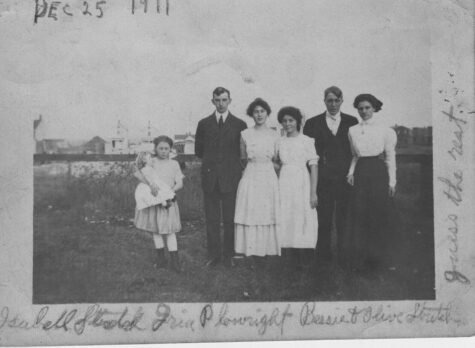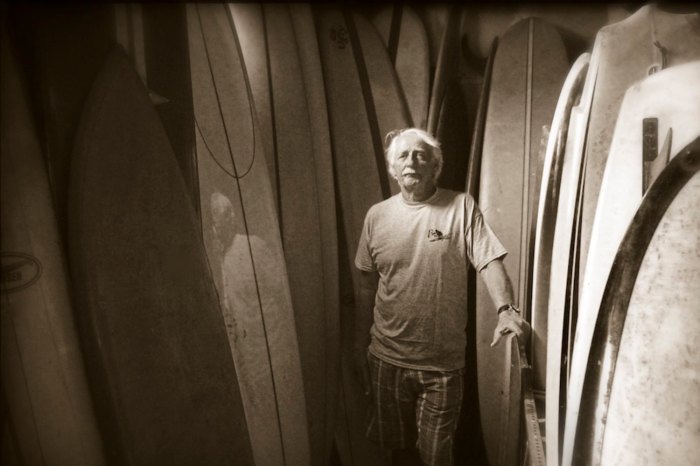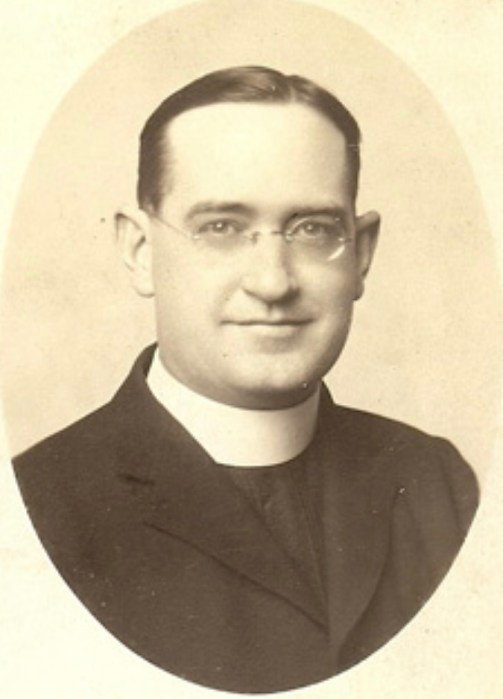
Let’s take a trip back in time.
As we celebrate the centennial anniversary of Ocean Beach it seems advisable to pause and consider what life was like 100 year ago.
Even getting to the island was difficult. Thanks to continuing developments in the railroad industry, the LIRR was making scheduled, if infrequent, trips to Babylon, “Gateway to Fire Island,” in 1867, and the following year to Bay Shore.
Catch-as-catch-can taxis from the train stations to the ferry docks were available, if in short supply, but ferries were in even shorter supply. Unlike today with dozens of ferries running almost hourly, back then the ferry services were in their infancy. The various ferry systems were being run by rag-tag groups of individuals who were better sailors than businessmen as their haphazard schedules amply demonstrated. The first regularly scheduled ferry rides to Ocean Beach did not begin until six years later, 1927.
The Village of Ocean Beach was the brainchild of John Wilbur. In 1908 he formed the Ocean Beach Improvement Company and began selling lots hawking his motto “Ocean Beach, where health and happiness go hand in hand.” Wilbur sold 1,000 lots in five years, mostly to families from Brooklyn, sailing them out to the island for a free visit.
In 1921 Ocean Beach with an additional (but much smaller) tract of land just to its west called Stay-A-While joined forces, and voted to become an incorporated village, thus creating the Incorporated Village of Ocean Beach.
In 1921, if you managed to catch a ferry, it could take an hour to reach the beach. You then had to wait for your personal trunks to arrive packed full of household necessities needed to survive in such a remote location. If you forgot to pack something you did without. Your belongings were delivered, hopefully, by Bailey & Sons Lumber Company’s tugboat and barge not soon after.
These pioneers disembarked from the ferry still dressed in the traveling attire of the day – dresses, stockings, gloves and hats for the ladies; suits and straw boaters for the men.
Upon arriving, kids kicked off their shoes, donned bathing suits and went missing for the rest of the summer. Adults, who were those kids back then, happily reminisce about “capering through those carefree days.”
However, life was anything but carefree for their parents. Homes were usually small, uninsulated, wood-framed cottages. There was no electricity. Electricity was a full 15 years into the future and telephones were 18 to 20 years away.
Illumination was provided by candles and kerosene lamps whose wicks required constant, and careful, trimming. Refrigeration came from blocks of ice covered with burlap and straw. Potable water came from a series of hand pump wells located on various street corners. Usually it was the children who would fill buckets and bring them home as needed.
Running water was a matter of hand pumping water into tanks in the attic for gravity feeds to sinks below.Hot water was an ordeal. A metal kettle, sometimes made of copper, sometimes enameled steel in varying designs (possibly chipped) would be placed on the stove top, filled with water, and heated by wood, coal or kerosene. Hot water was used for cooking, washing dishes, and, when necessary, bathing – cold showers were the other alternative. Laundry was doubly-daunting, requiring two kettles full – one for washing the clothes, and yet another for rinsing.
In 1921, there were few stores selling few bare necessities. The freight boat arrived daily with provisions, kerosene and ice. It was not unusual to find orders for hundreds of pounds of potatoes and flour. A decade or so later cylinders of propane gas gradually replaced the oil, kerosene and coal.
Fishing and hunting helped fill coffers. Some families raised chickens and shared eggs. One family raised a pig a year, which would later be butchered along with sides of beef imported from the mainland. The event grew into an annual celebration.
Once ensconced on the island womenfolk seldom left. Some husbands would leave for work on the mainland and return on Fridays for the weekends. Some men remained on the island building houses, fixing anything requiring repair, quickly becoming jacks of all trades. The young and fit, summer lifeguards, all became volunteer firemen such being the constant threat of fire. Some families were there just for the summer, but some braved the elements year-round.
There were no bridges to Fire Island prior to the Smith Point Bridge (1959). In 1964 another bridge from Bay Shore to the Fire Island State Park lighthouse property was completed. The only road on Fire Island (if it can be called a road) was a bumpy, four-wheel drive dirt tract that connected some townships but not all. Locals call it the Burma Road.There were very few vehicles on the island back then. Several men ferried over used cars that they subsequently modified into utility vehicles that proved useful hauling materials.
During the winter it was not unusual for the bay to freeze over completely. If the bay ice grew thick enough (12 inches) some trucks would venture out across the frozen bay to the mainland for supplies. One winter was so severe that the bay remained frozen over until May. There were even rafts of solid ice 100 yards out into the Atlantic Ocean.
Another method used crossing the frozen bay for supplies (or fun) was the use of ice scooters – duck boats fitted with steel runners on their bottoms and masts carrying sails. These scooters could race across the ice at high speeds, skipping freely over unfrozen patches of water.
These year-round residents took education seriously. They rented a building for their first school, (K-8) accommodating 10 students. In 1918 the village built their first official school, and hired a full-time principal/teacher, Edwin Claus, who served until 1935.
Claus was also the village lamplighter, a stooped, slight, beloved member of the community, who made his daily rounds carrying his ladder from lamp pole to lamp pole through town, filling oil reservoirs and trimming wicksThere are too many stories to recount here, but these brief glimpses give a sense of how difficult life was in Ocean Beach one hundred years ago – 1921. How quickly advances have been made since then to provide the amenities we now take for granted.
But what will Ocean Beach be like in 2121? Climate change is already flooding the island more and more frequently. Life without electricity may have been difficult but the challenges to future generations may prove to be even more daunting. They will need to shoulder these new critical burdens to preserve that which has been loved by so many for all these years.
Happy 100th Birthday Ocean Beach and many happy returns!































